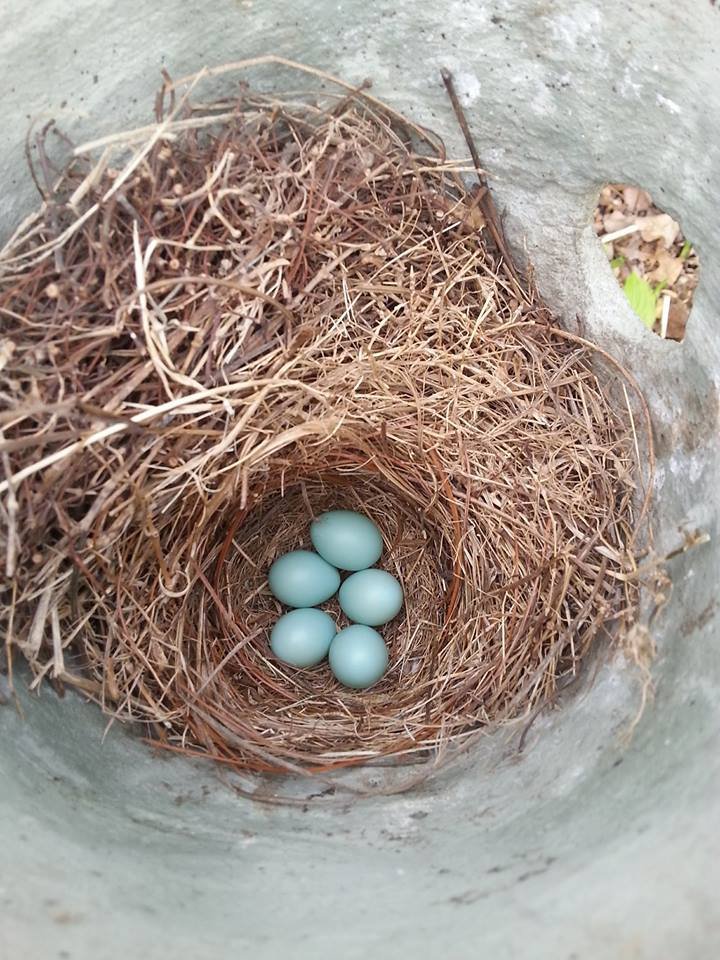Yellow Cardinal in TN
A backyard feeding station in Harriman, TN, in Roane County has quite an unusual visitor. They have a yellow Cardinal visiting on a regular basis. Yellow Northern Cardinals have been seen in at least 4 different states the last ten years but remain a rarity. What causes a bird that is normally red to be yellow? Basically, the red, orange, and yellow colors in birds’ feathers are created with carotenoid pigments derived from the foods they eat. In the male Northern Cardinal, yellow pigments from the diet apparently are converted to red by a specific enzyme. In a very rare genetic mutation, probably affecting fewer than one in a million cardinals, that enzyme is lacking, so the conversion to red doesn’t occur and the feathers are bright yellow instead.
Get Ready Now for Nesting Season
Just two weeks from now we will say hello to February, perhaps our coldest and potentially snowiest month. But you can always count on a few days that warm to the 60’s and suddenly bird activity ramps up. Some birds will begin singing and some, like the Carolina wren, may actually begin nest building.
The Carolina wren, as you have probably seen, chooses some pretty odd locations to build a nest and often times in places humans find annoying, like in a gas grill, or canoe, for example. They often choose locations like covered porches, garages, and garden sheds. Every spring we receive several calls from people who suddenly find themselves with a bird nest full of babies in a troublesome location. If you have experienced this scenario get ahead of the game and block access to these locations as soon as possible.
And now is a very good time to review the nest box successes and failures you had last year and make adjustments if necessary. If a nest box has been in the same location a couple of years with no activity go ahead and try a new location. Move it soon.
Clean out old nests now if you haven’t already before birds begin new nest building. Of course, birds will build on top of old nests but that can be a problem as insects like ants will find the old decaying nest attractive. I have saved baby birds from certain death as the ants were beginning to eat them alive.
If you’ve never offered a Bluebird box consider putting one up in the month of February. Even though the majority of Bluebirds won’t begin nesting until April they will do a lot of surveying of potential places to nest Feb. thru March.
National Bird feeding Month and the GBBC
February is National Bird Feeding Month and the Great Backyard Bird Count. Many of you look forward to the count and sharing your data to help bird experts better understand the distribution and relative numbers of the different species of feeder birds. More info on the GBBC next week
Visit www.birdcount.org for more info on the GBBC.





